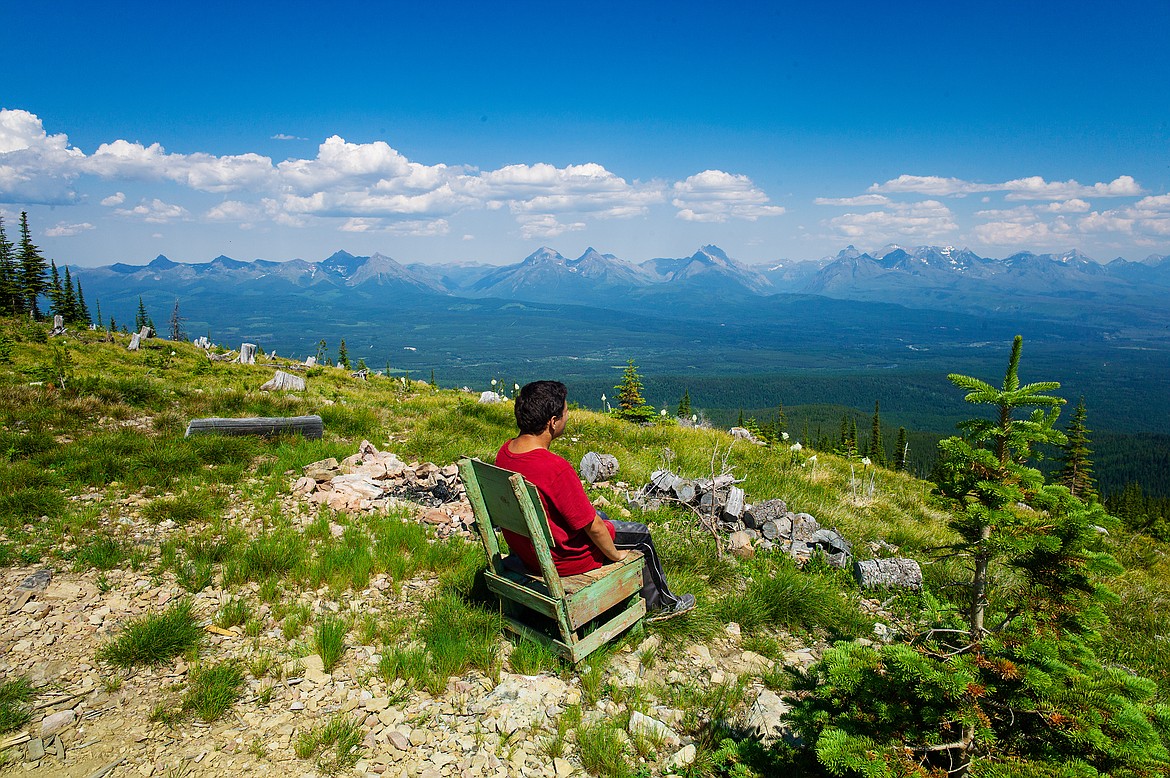Forest Service releases Frozen Moose project assessment
KIANNA GARDNER | Hagadone News Network | UPDATED 5 years, 4 months AGO
The Flathead National Forest Hungry Horse-Glacier View District on Monday released an environmental assessment for a large-scale North Fork fuels reduction, timber and restoration project called Frozen Moose.
The project area encompasses approximately 151,200 acres, according to the 183-page assessment that is available for review online. The area includes Trail Creek, Whale Creek, Teepee Creek, Moose Creek and Red Meadow Creek drainages and is bordered on the east by the North Fork portion of the Flathead River, to the west by the Kootenai National Forest and to the north by the Canadian border.
After a field review of the project area and discussion with members of the public, Forest officials were able to identify four primary purposes and needs for Frozen Moose. According to the assessment, those are to reduce tree densities and fuel loadings within the wildland-urban interface, improve the diversity and resilience of vegetative communities and associated wildlife, maintain and improve aquatic ecosystems and provide a mix of forest products to “contribute to economic sustainability.”
Records show there has been a history of fire disturbances in the North Fork area that have in the past threatened and destroyed residences and infrastructure. For example, fire burned nearly 45% of the project area between 1910 and 1929 and then later in 1988, the Red Bench Fire consumed over 10,000 acres of Forest Service, state and private lands. Many of these fires, according to the assessment, moved west to east as they burned, spreading across the North Fork and into Glacier National Park.
Both the fires and periods of fire exclusion have influenced current stand conditions, which subsequently influence fire behavior. And according to the assessment, fuel reduction proposed in the project would make the area more resilient to wildfire and provide additional firefighter access and safety as future wildfires occur.
The project proposes commercial timber harvest on nearly 3,400 acres and noncommercial vegetation treatments, including thinning and burning, on nearly 5,000 acres. Some roads would be temporarily constructed to allow access to project areas and some treatments in the wildland-urban interface would “require activity in inventories roadless area and the Wild and Scenic Flathead River Corridor.”
In an effort to improve aquatic ecosystems, the Forest will also have to upgrade or remove culverts, which must be properly sized and maintained to allow upstream fish passage and to prevent floods from washing out roads and causing road sediment to wash into streams. Portions of the Frozen Moose project area are designated as critical habitat for bull trout, which is listed as threatened under the Endangered Species Act.
The Forest is now asking for additional public comment on the environmental assessment and a virtual public meeting regarding Frozen Moose is expected to take place Thursday, July 16, from 6 to 7 p.m.
Forest officials said the project has already undergone several changes based on public comment thus far and the public is encouraged now to submit more commentary based on the environmental assessment.
“We received helpful comments from the public in January, and we were able to make adjustments to the project based on that information,” said Hungry Horse Glacier View District Ranger Rob Davies. “We look forward to hearing from folks what they think about these changes, the project benefits, and the potential effects to the resources that are presented in the environmental assessment.”
The public can find maps, other project information, links to the public meeting and instructions for how to provide comment on Flathead National Forest’s website at https://www.fs.usda.gov/project/?project=57310
ARTICLES BY KIANNA GARDNER

Vaccine mandate could impact staffing at Flathead nursing homes
Montana's long-term care facilities could face staffing challenges and financial uncertainty if the Biden administration moves forward with a plan to require Covid-19 vaccinations for staff at federally funded nursing homes.

Flathead Covid vaccination rate ticking upward
Health officials say Flathead County's Covid-19 vaccination rate is ticking upward by nearly 1% each week, a promising trend as the highly contagious delta variant continues to move through the valley's unvaccinated population.
Flathead COVID-19 surge strains hospital, health department
Flathead County continues to see an uptick in Covid-19 infections, hospitalizations and deaths. The county had 690 active cases on Wednesday — the highest number the area has seen since February, according to local health officials.

